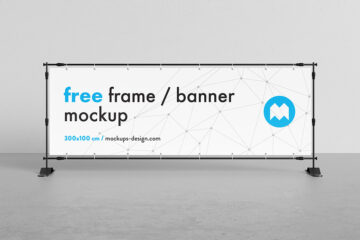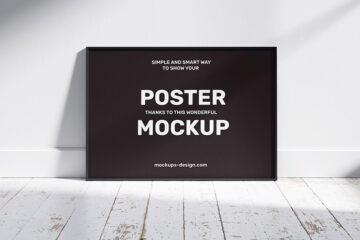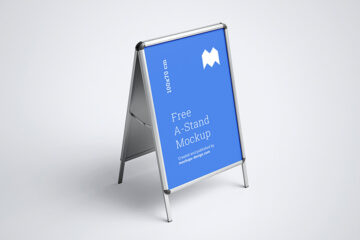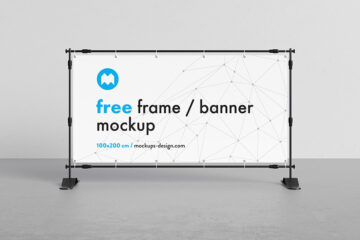In the realm of graphic design, the impact of signage extends beyond visual aesthetics, encompassing how signs interact with their surrounding lighting conditions. Sign mockups play a crucial role in helping graphic designers understand and optimize the integration of their creations with various lighting scenarios. In this blog post, we’ll explore the significance of considering lighting in sign mockups and how it influences the overall design process.
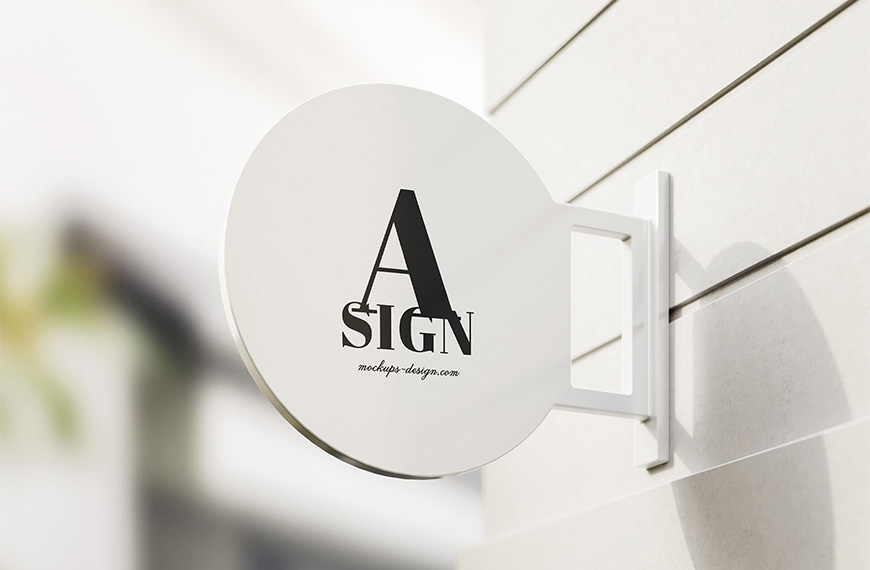
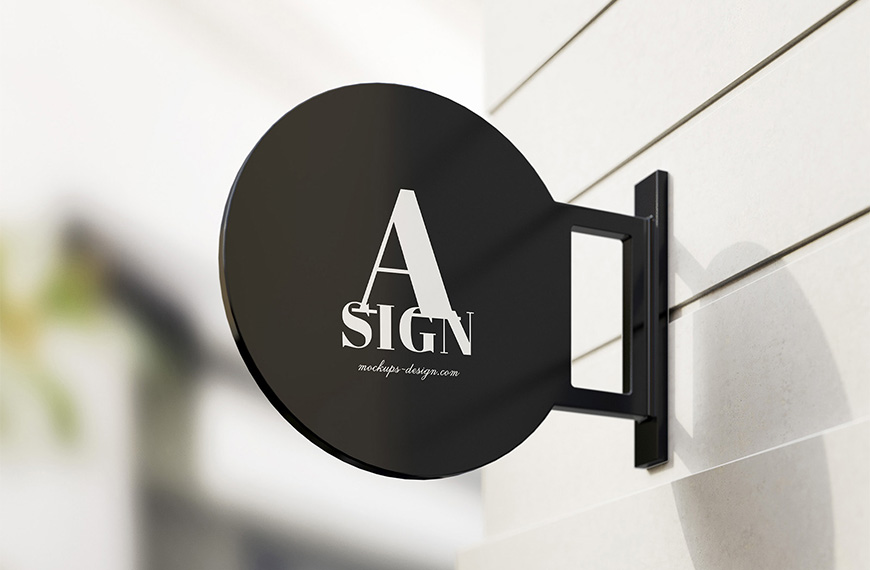
Importance of Lighting in Signage
Lighting can dramatically affect how a sign is perceived, influencing visibility, readability, and overall visual appeal. The strategic use of lighting can enhance the prominence of a sign, making it stand out in both daytime and nighttime settings. Sign mockups provide a platform for graphic designers to assess how their creations respond to different lighting conditions, ensuring optimal visibility and impact.
Daytime Visibility
In outdoor settings, natural daylight is a key factor that designers must consider. Sign mockups allow designers to simulate daytime conditions, enabling them to evaluate how the sign interacts with sunlight. This includes assessing the readability of text, the vibrancy of colors, and the overall visibility of the signage against the backdrop of the environment. By understanding how a sign performs in daylight, designers can make informed decisions about color contrast and font choices.
Nighttime Illumination
For signs intended to be visible at night, such as storefront signage or billboards, artificial lighting becomes a critical consideration. Sign mockups facilitate the evaluation of how a sign will appear when illuminated, whether through external lights, backlit panels, or other lighting solutions. This ensures that the sign maintains its visual impact and legibility in low-light conditions, contributing to effective communication even after the sun sets.
Play of Shadows
Lighting not only directly illuminates the sign but also creates shadows and highlights that can influence its overall appearance. Sign mockups help designers anticipate and control the play of shadows, allowing them to refine the design to ensure that shadows enhance rather than detract from the visibility and clarity of the signage.
Material and Finish Selection
Different materials and finishes react differently to light. Sign mockups assist designers in assessing how various materials will reflect or absorb light, influencing the perceived texture and color of the sign. This understanding is crucial for selecting materials that not only look aesthetically pleasing but also function optimally under different lighting conditions.
Interactive Illumination Techniques
Innovative signage designs often incorporate interactive illumination techniques, such as LED displays or dynamic lighting effects. Sign mockups provide a platform for designers to experiment with these techniques and visualize how they contribute to the overall impact of the sign. This exploration ensures that the final design aligns with the intended visual experience.
Conclusion
Incorporating lighting considerations into sign mockups is essential for graphic designers aiming to create visually striking and effective signage. By understanding how their designs interact with both natural and artificial lighting, designers can optimize visibility, legibility, and overall aesthetic appeal. Sign mockups serve as invaluable tools in this process, enabling designers to fine-tune their creations for seamless integration with diverse lighting conditions, ultimately ensuring that the signage effectively communicates its message to the intended audience.
| Author | Mockups Design |
| File Type | .psd |
| Layered | Yes |
| Smart-Object | Yes |
| License | Commercial Use |



